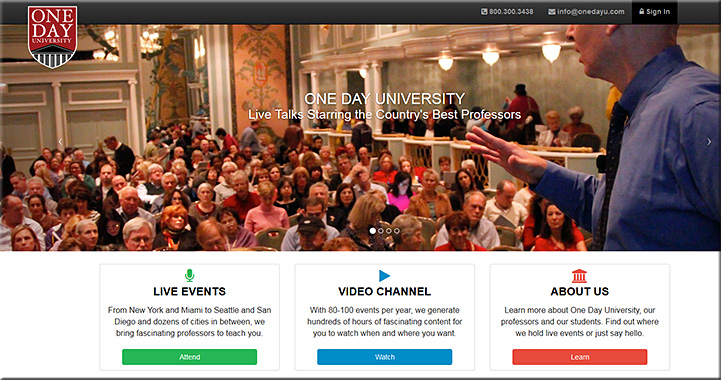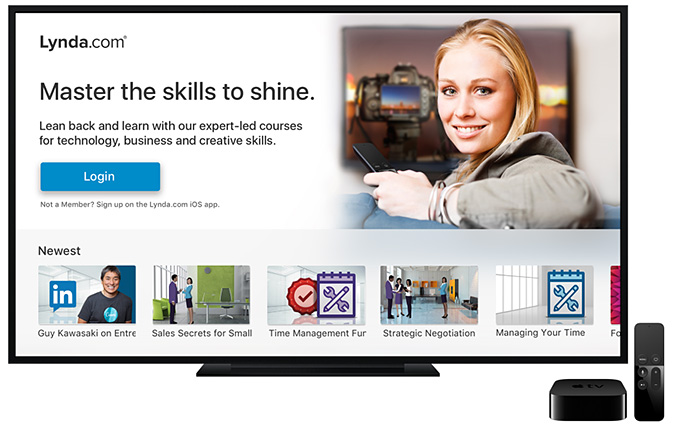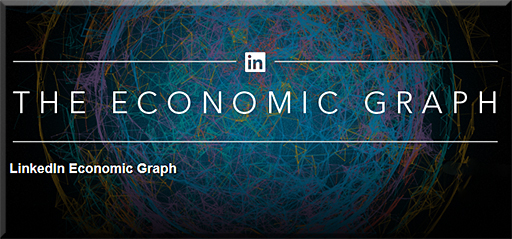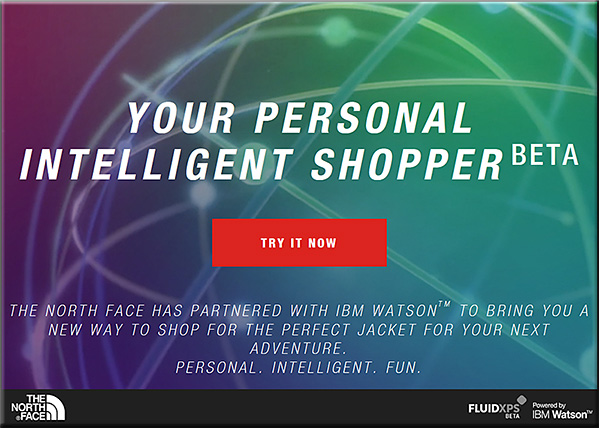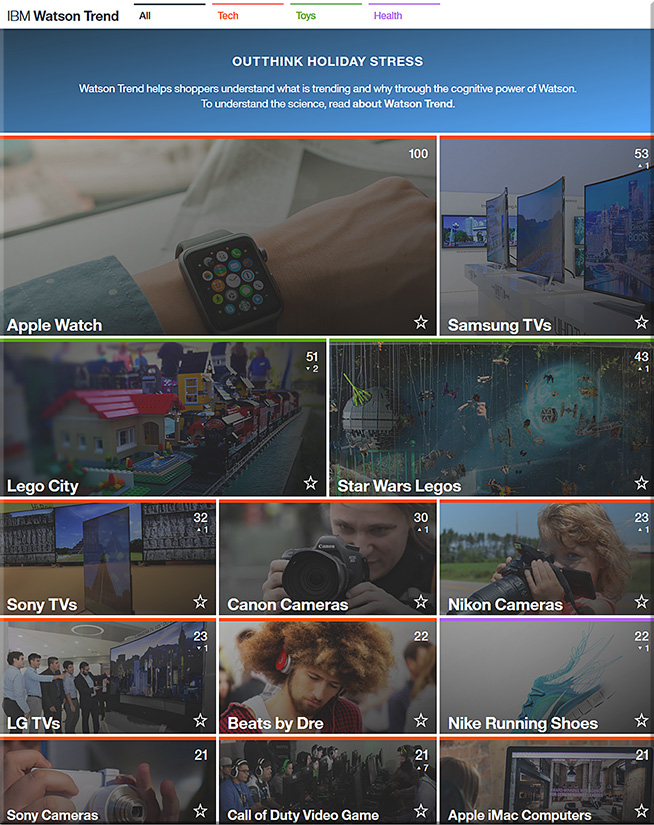FREEDOM 2.0 – Blockchain’s Biggest Use Case with Richie Etwaru @richieetwaru — with thanks to Mike Mathews for his posting this on LinkedIn
Description:
While the Internet has profoundly impacted global society, new questions must be asked. When the human species reflects on the Internet in 2081 a hundred years after its invention will the Internet be viewed as good for our species, and has the impact of the set of adjacent inventions of the Internet furthered the triumph of the human species? Did we connect the last billion with mobility, did we distribute wealth meaningfully, and was basic healthcare democratized? Or, did social media coupled with mobile cameras create a spike in vanity that affected important social constructs such as love, self-esteem and family? Did AI create a new class system of robo sapiens that constrict freedom? And did we change the core of commerce of trust between citizens, communities and governments? Maybe; the Internet is only 49% of the story of our species, and the remaining 51% of our story is still unfolding. Richie will discuss the other 51% which he believes is blockchain, and how we can change the answers to some of these new types of questions of mankind.
Blockchain has a great potential for innovation. Some potential domains, where Blockchain can be successfully applied.https://t.co/LXQOEIzYLm #Blockchain #Cryptocurrency #Decentralization #Bigdata #Smartdata #Smartcontracts #Fintech #MedTech #IoT #Voting #Democratization #AI pic.twitter.com/Ne9k91blD3
— David Holm (@cloudpreacher) January 5, 2018
The Advantages of Blockchain Technology — from hortonworks.com by Ryan Wheeler
Excerpt:
Blockchain ensures data objectivity—a single source of truth. Blockchain also represents a security layer that ensures that data is encrypted in such a way that only the people you want to can read your data. It makes it next to impossible for people to corrupt or manipulate the data—or even gain wrongful access to it—because the system raises an instant red flag when a problem occurs, and it uses a new, advanced encryption method to secure the data.
Blockchain is both reactionary—alerting users to changes—and proactive, by preventing the security threat. And even if the data is somehow breached, it still can’t be used. The effects have already been seen in the healthcare industry, where technologies using blockchain have provided the proper balance of security and governance for people’s health data.
From DSC:
Interesting to see this new platform developing, one that combines 2 big trends — blockchain and freelancing:
Also interesting to see:
“Peculium: The first savings system in cryptocurrency utilizing AIEVE and Blockchain Technology with artificial intelligence. PECULIUM revolutionizes savings management by deploying immutable Smart-Contracts over Ethereum blockchain.”
Addendum/also see:
- The Blockchain Revolution and Higher Education — from er.educause.edu by Don Tapscott and Alex Tapscott
The blockchain provides a rich, secure, and transparent platform on which to create a global network for higher learning. This Internet of value can help to reinvent higher education in a way the Internet of information alone could not.









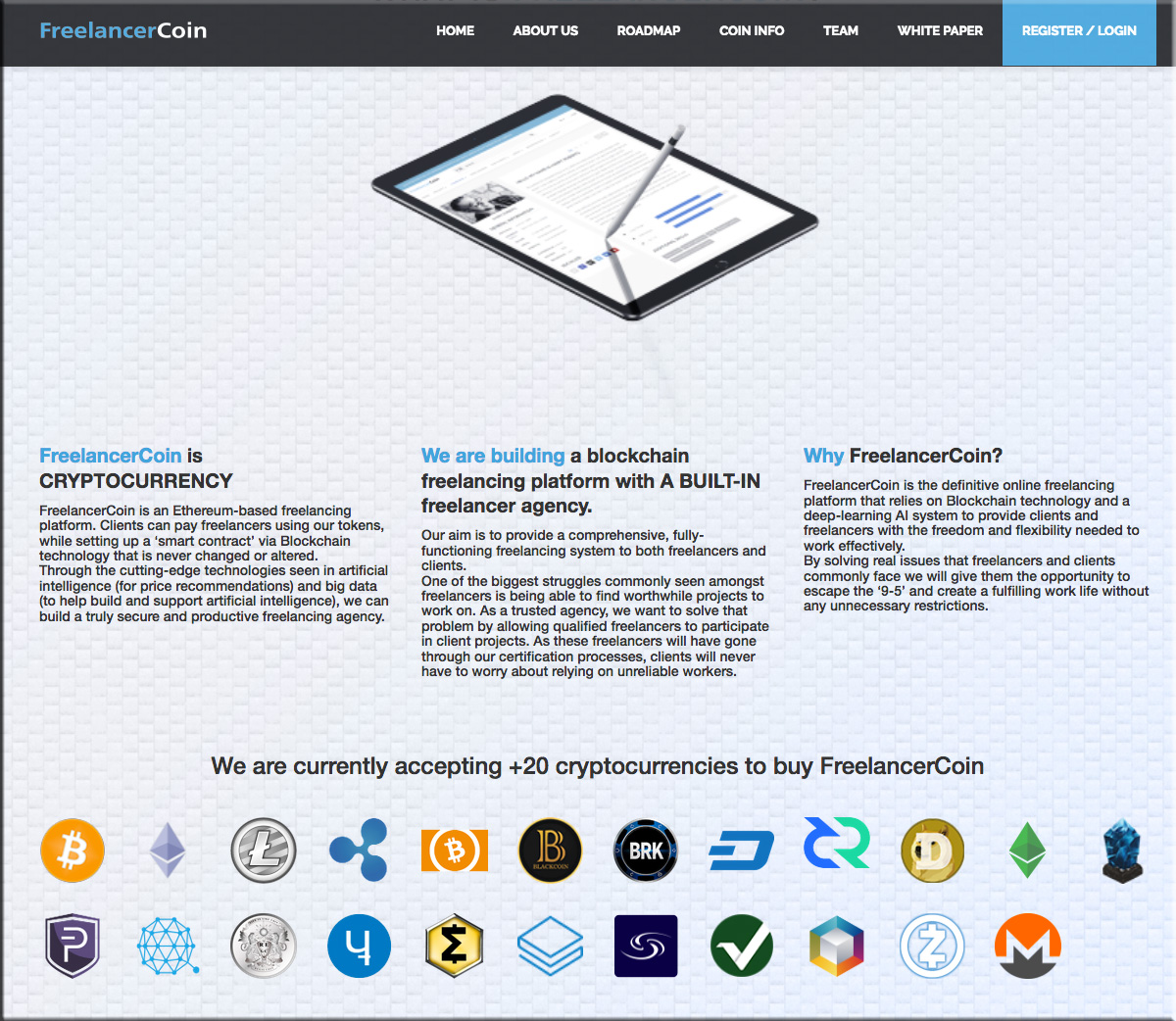
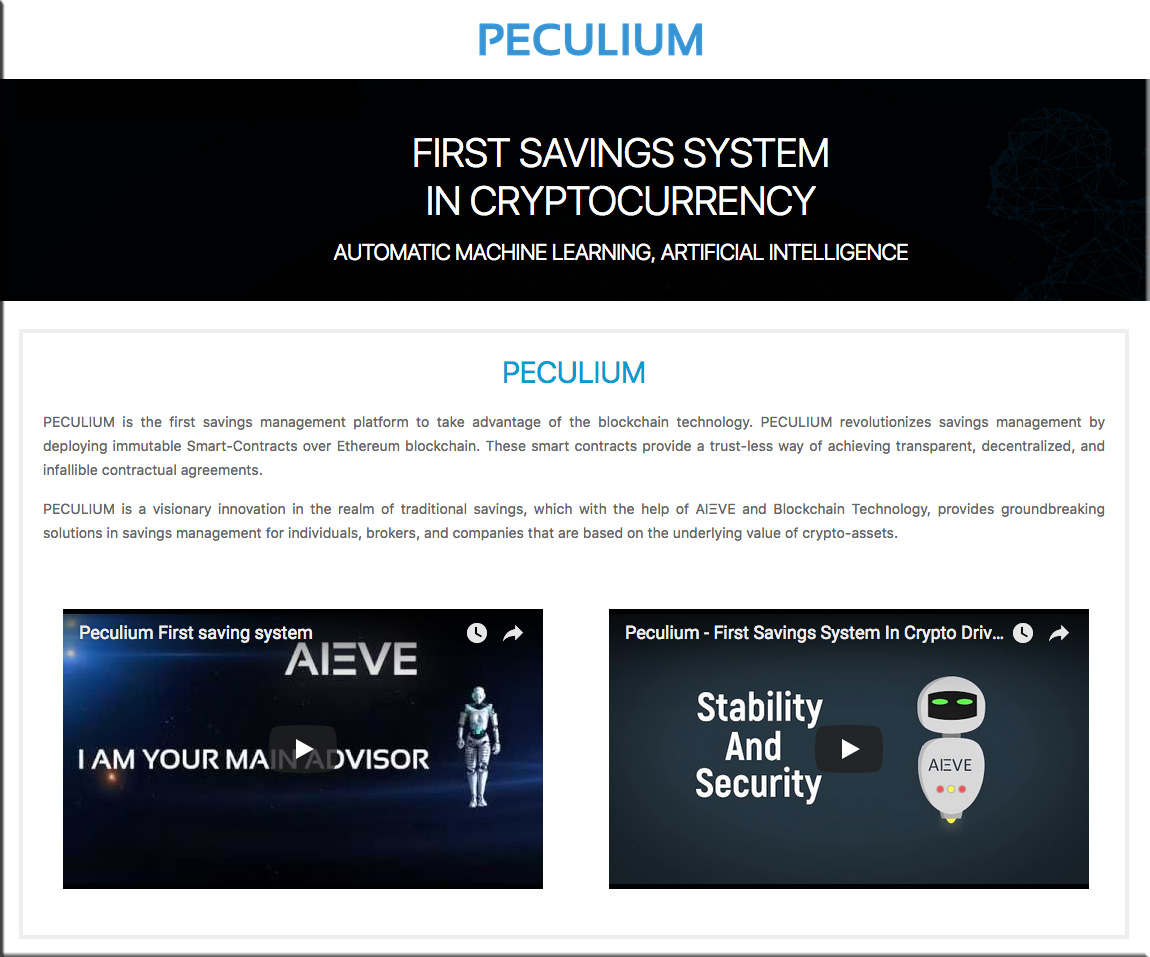
/cdn.vox-cdn.com/uploads/chorus_asset/file/9477517/hpheadset.jpg)
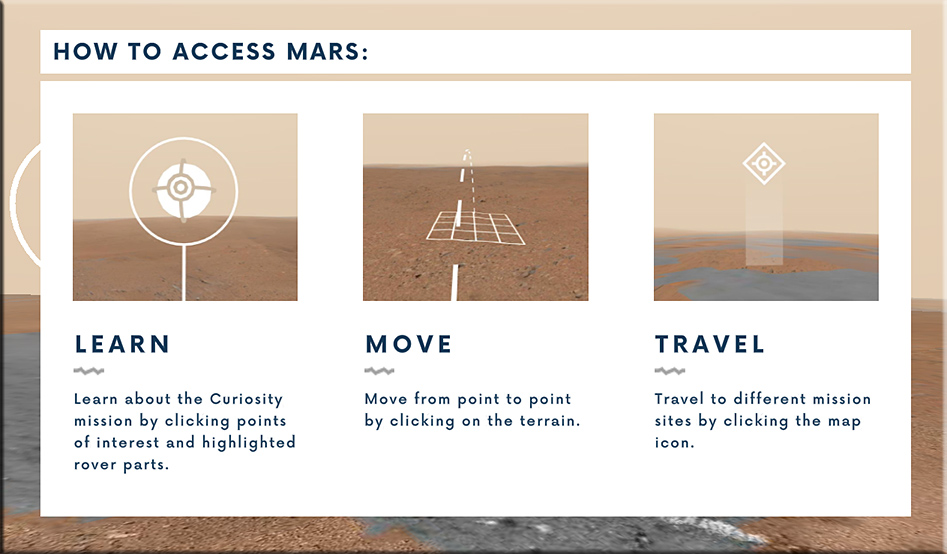
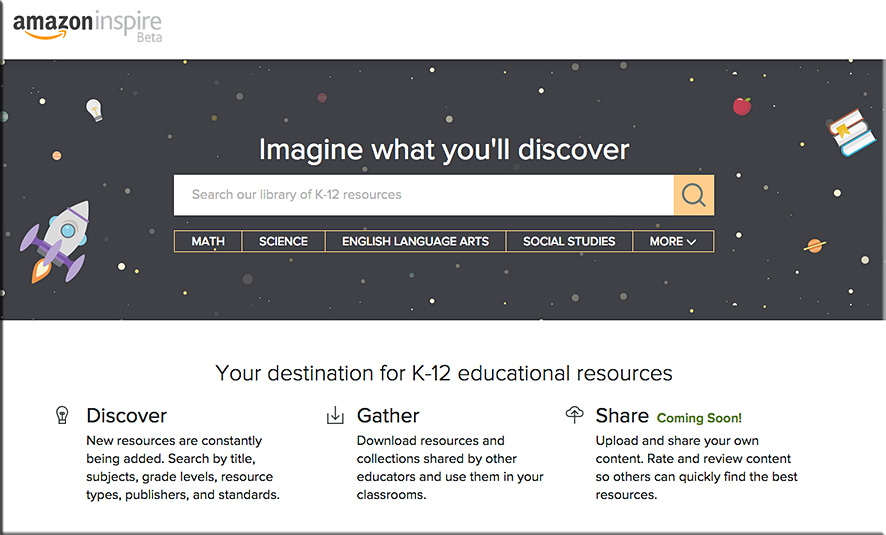
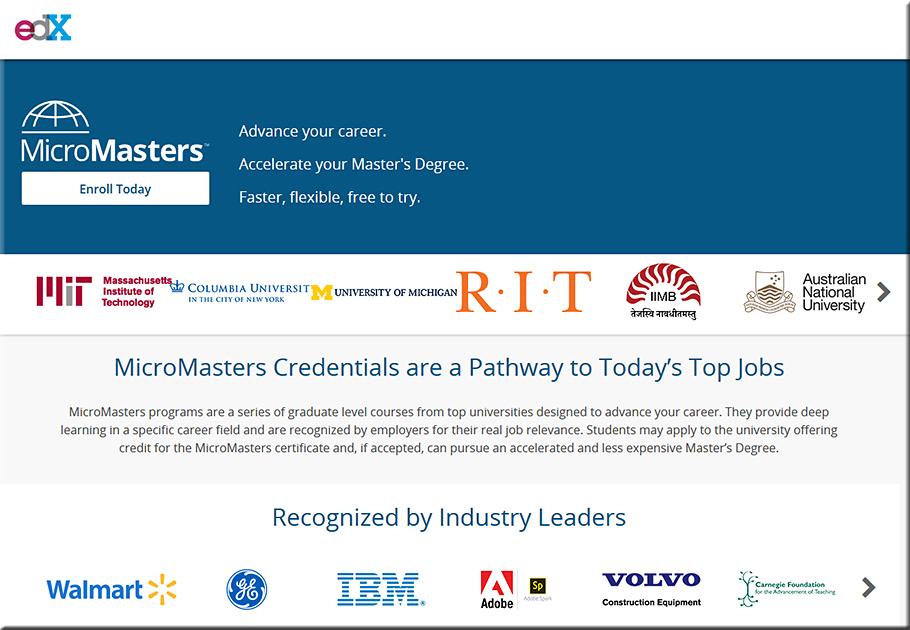

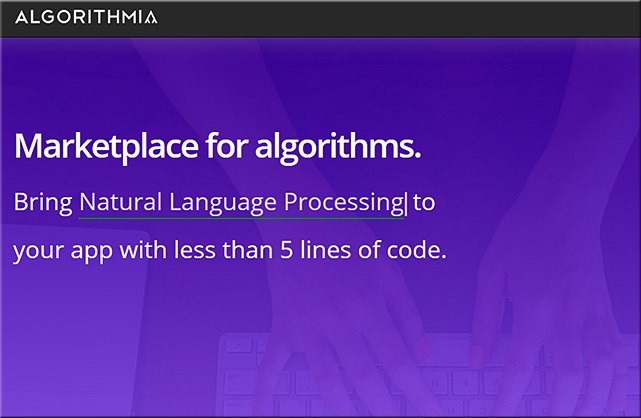

![The Living [Class] Room -- by Daniel Christian -- July 2012 -- a second device used in conjunction with a Smart/Connected TV](http://danielschristian.com/learning-ecosystems/wp-content/uploads/2012/07/The-Living-Class-Room-Daniel-S-Christian-July-2012.jpg)

